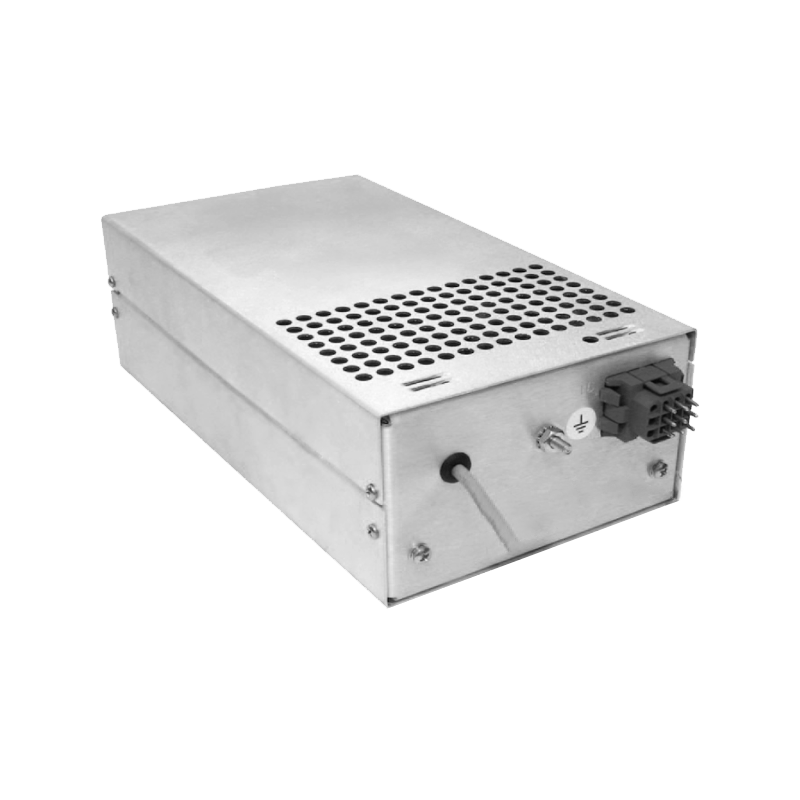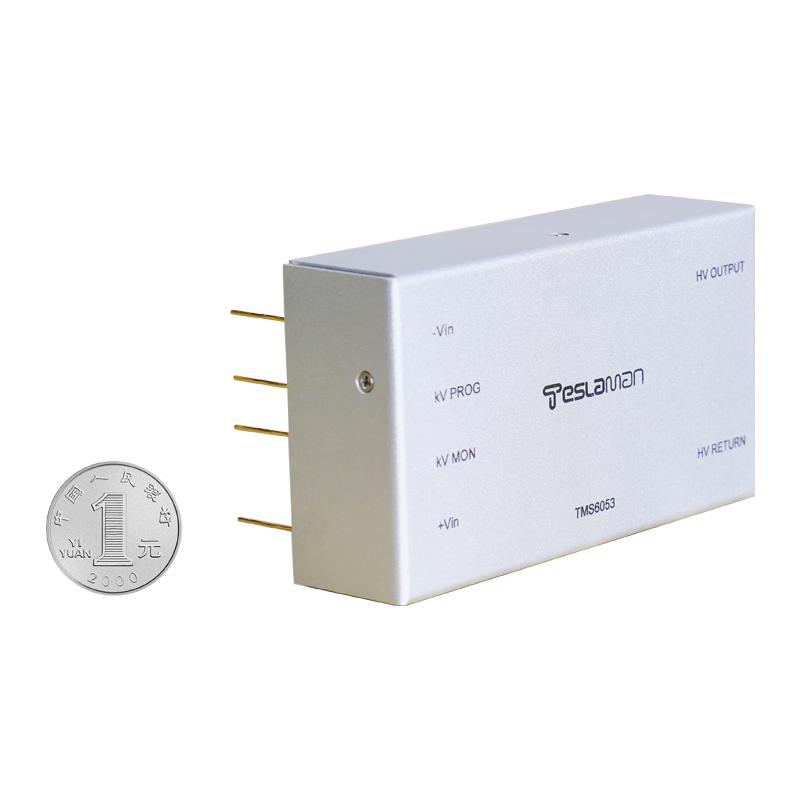Expansion of Frequency Adjustment Range and Stability Assurance for Variable Frequency and Voltage Power Supplies
Introduction
Variable frequency and voltage power supplies (VFVS power supplies) are widely used in equipment testing, aerospace, and renewable energy systems. For example, in the aerospace field, aircraft electrical systems require power supplies with a frequency of 400Hz, while ground electrical equipment uses 50/60Hz power supplies; in the wind power generation test, it is necessary to simulate the frequency change of the generator output caused by wind speed fluctuations (e.g., 10Hz-60Hz). However, traditional VFVS power supplies have a narrow frequency adjustment range (usually 50Hz-400Hz) and poor frequency stability under high/low frequency conditions, which cannot meet the diverse testing and application requirements.
Core Technical Challenges
The main challenges in expanding the frequency adjustment range and ensuring stability include three aspects. First, the generation of high-frequency and low-frequency PWM signals is difficult. The traditional sinusoidal pulse width modulation (SPWM) technology has limitations in high-frequency (above 1kHz) signal generation, as the switching frequency of power devices is insufficient, leading to large harmonic distortion. At low frequencies (below 10Hz), the number of PWM pulses per cycle is small, resulting in uneven output voltage and poor waveform quality. Second, the frequency stability is affected by external disturbances. Factors such as power grid voltage fluctuations, load changes, and temperature drift of components can cause the output frequency to deviate from the set value. Third, the inverter topology limits the frequency range. The traditional two-level inverter has large voltage stress on power devices at high frequencies, increasing the risk of device damage, while at low frequencies, the output current ripple is large, affecting the load operation.
Solutions for Range Expansion and Stability
Wide-Range PWM Signal Generation Based on DSP
To generate high-quality PWM signals with a wide frequency range, a digital signal processor (DSP) with a high clock frequency (e.g., 300MHz) is used as the core controller. The DSP adopts the space vector pulse width modulation (SVPWM) technology, which has higher voltage utilization (15% higher than SPWM) and lower harmonic distortion, making it suitable for high-frequency signal generation.
For high-frequency signals (1kHz-10kHz), the DSP increases the switching frequency of the power devices (up to 20kHz) by optimizing the SVPWM algorithm. A dead-time compensation algorithm is added to avoid the shoot-through of the inverter bridge caused by the delay of the power device driving signal. The dead-time is dynamically adjusted according to the switching frequency and the current direction, reducing the harmonic distortion of the output waveform (total harmonic distortion (THD) < 2% at 10kHz).
For low-frequency signals (0.1Hz-10Hz), the DSP uses a multi-cycle PWM generation method. The number of PWM pulses per cycle is increased by extending the sampling period of the feedback signal and optimizing the pulse distribution. For example, at 0.1Hz, the number of PWM pulses per cycle is increased from 10 (traditional method) to 100, which significantly improves the waveform quality of the output voltage. At the same time, a low-frequency voltage compensation algorithm is adopted to adjust the amplitude of the PWM pulses according to the frequency, ensuring that the output voltage amplitude remains stable (fluctuation < 1%) at different low frequencies.
Frequency Stability Control Based on Dual-Loop Feedback
To improve the frequency stability, a dual-loop feedback control system is designed, including an inner current loop and an outer frequency-voltage loop.
The inner current loop samples the output current of the inverter in real time and uses a PI controller to adjust the PWM signal, suppressing the current ripple caused by load changes and improving the dynamic response of the current. The current loop has a high bandwidth (up to 1kHz), which can quickly respond to load current fluctuations and reduce their impact on the output frequency.
The outer frequency-voltage loop has two functions: frequency control and voltage control. For frequency control, a high-precision frequency detector (with a measurement accuracy of ±0.01Hz) is used to sample the output frequency. The frequency error (Δf = f_set - f_measured) is sent to a PID controller, which adjusts the frequency of the SVPWM carrier signal to track the set frequency. For voltage control, the output voltage is sampled and compared with the set voltage, and the voltage error is used to adjust the amplitude of the SVPWM signal, ensuring that the output voltage amplitude is stable.
In addition, a frequency drift compensation mechanism is added. The DSP samples the temperature of the key components (such as the oscillator and power devices) in real time and uses a pre-calibrated temperature-frequency drift model to dynamically adjust the carrier frequency of the SVPWM signal. For example, when the temperature increases by 10°C, the oscillator frequency drifts by 0.1%, and the compensation mechanism adjusts the carrier frequency by -0.1% to offset the drift, ensuring that the output frequency stability is within ±0.05% over the operating temperature range of -10°C to 60°C.
Optimization of Inverter Topology
To adapt to the wide frequency range, a three-level neutral-point-clamped (NPC) inverter topology is adopted instead of the traditional two-level inverter. The three-level NPC inverter has the following advantages: first, the voltage stress on each power device is only half of the DC bus voltage, which allows the inverter to operate at higher frequencies (up to 10kHz) without increasing the voltage rating of the power devices; second, the output voltage waveform has more levels, reducing the harmonic distortion (THD < 1.5% at 5kHz) and current ripple, which is beneficial to low-frequency operation.
In addition, the DC bus voltage of the inverter is adjusted according to the output frequency. At high frequencies, the DC bus voltage is increased (e.g., from 600V to 1200V) to improve the voltage utilization and reduce the switching loss; at low frequencies, the DC bus voltage is reduced (e.g., to 300V) to reduce the current ripple and improve the waveform quality. The DC bus voltage adjustment is realized by a boost/buck converter controlled by the DSP, which ensures that the inverter operates in the optimal state at different frequencies.
Application Verification
A VFVS power supply with the above improvements is developed, and its frequency adjustment range and stability are tested. The test results show that the frequency adjustment range is expanded from 50Hz-400Hz (traditional) to 0.1Hz-10kHz, covering the frequency requirements of most industrial and aerospace applications. At 10kHz, the output voltage THD is 1.8%, and the frequency stability is ±0.03%; at 0.1Hz, the output voltage THD is 2.2%, and the frequency stability is ±0.05%, which meets the high-quality power supply requirements.
In the aerospace equipment test, the VFVS power supply is used to simulate the aircraft electrical system (400Hz) and the satellite power system (100Hz-1kHz). The test shows that the power supply can stably output the required frequency and voltage, and the equipment under test operates normally. In the wind power generation test, the power supply simulates the generator output frequency change (10Hz-60Hz) caused by wind speed fluctuations, and the test data shows that the frequency tracking error is less than 0.1Hz, which accurately simulates the actual working conditions of the wind power system.
Conclusion
The VFVS power supply based on high-performance DSP, dual-loop feedback control, and three-level NPC inverter topology realizes the expansion of the frequency adjustment range (0.1Hz-10kHz) and ensures high frequency stability and waveform quality. It meets the diverse application requirements in equipment testing, aerospace, and renewable energy fields, and provides a flexible and reliable power supply solution.




















